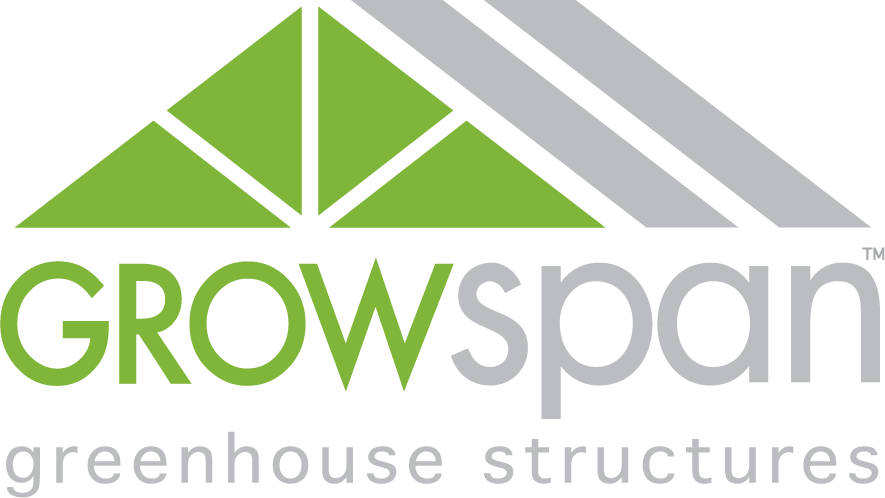The Complete Guide To Hydroponic Growing Systems: Choosing The Right Hydroponic Garden System
As many growers continue to move away from soil-based production, hydroponic growing systems have become a prominent feature in a large number of operations. When employed in a greenhouse setting, hydroponics allow growers to create a thriving indoor garden with ease, giving their plants access to abundant natural sunlight, a controlled climate and the nutrients they need to flourish.
Still, this growing method can be implemented in a variety of ways, which means there are a wide range of hydroponic growing systems and accessories for operations to choose from. That can complicate the search process for some growers, as they may not have a full understanding of the options available to them.
With all the different types of hydroponic systems out there, it’s important for operations to be aware of how each one works, as well as which kinds of crops they work best with. Using this detailed breakdown, growers can get the information they need to choose their ideal hydroponic garden system and implement it into their operation.
NFT Systems
In NFT systems, or nutrient film technique, plants are suspended in a channel and given access to a shallow stream of recirculating nutrient solution. Using slanted channels, the solution travels down the system and delivers food directly to plants’ root zones, then drains into a reservoir below.
The reservoir utilizes an air stone and air pump, which oxygenate the nutrient-rich water and distribute it back into the channels above. As a result, NFT systems are able to minimize waste and conserve resources, while still giving plants the essentials needed to support healthy growth.
Most NFT hydroponic growing systems are ideal for producing lightweight plants, including lettuce, spinach, and various berries. GrowSpan’s HydroCycle NFT Systems are regularly used for lettuce production as well, but growers are able to adapt their nutrient solution and pH levels to meet the needs of almost any crop.
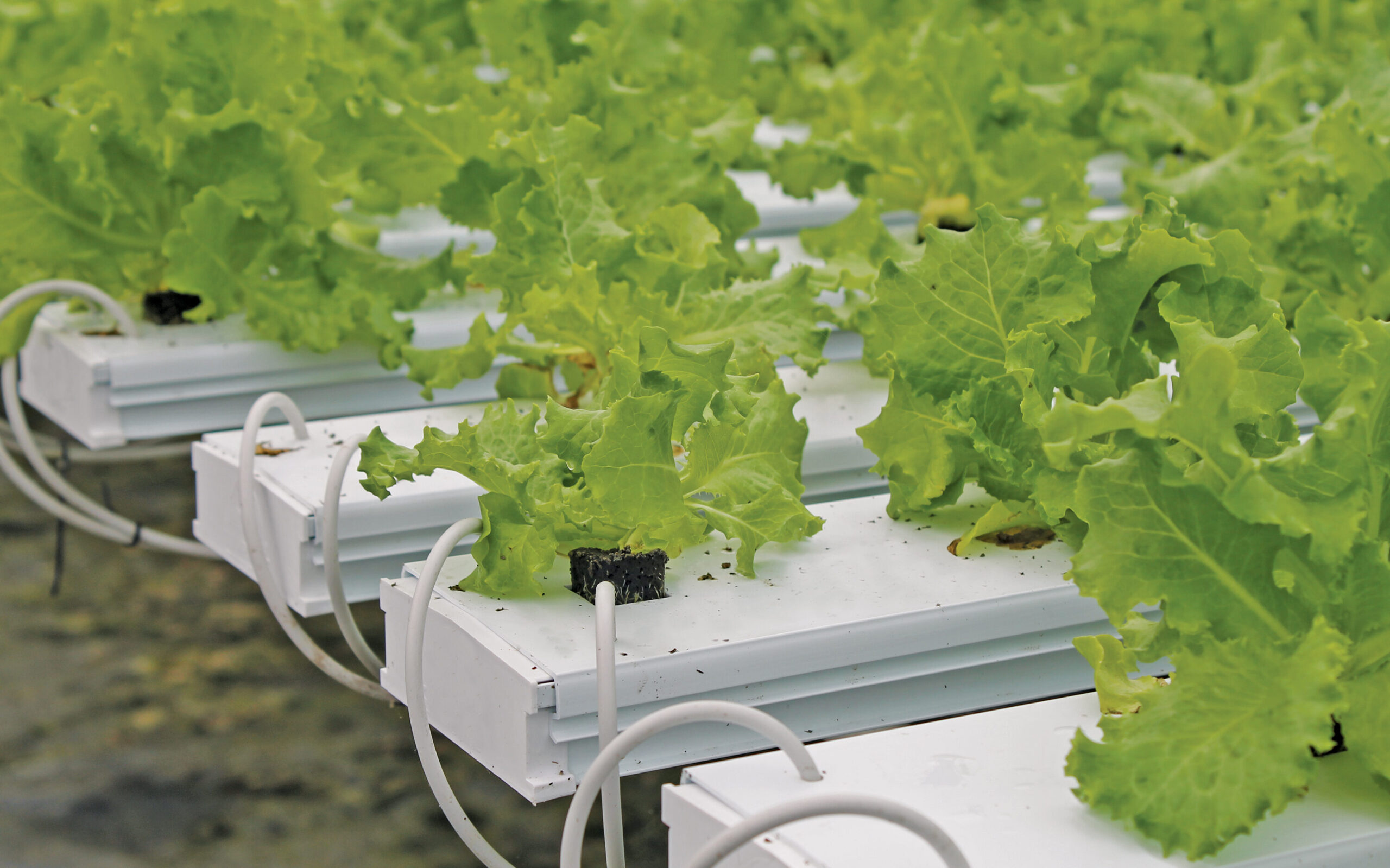
Some options even include wider, deeper channels and have been used to successfully produce larger plant varieties, like tomatoes. The HydroCycle line also features Microgreen systems, which employ NFT trays to grow high-quality spinach, broccoli, arugula and more at a rapid pace.
DWC Systems And Raft Beds
Unlike NFT systems, DWC (deep water culture) setups are designed to keep plants suspended in aerated water for the duration of their growth cycle, rather than having it recirculated. By staying submerged in water, plants’ root systems gain continuous access to nutrients, and minimal labor is required to keep the hydroponic garden system running properly.
In DWC systems, plants are generally held in place using net pots, which then float in a raft bed above a reservoir. The reservoir is equipped with an air stone and air pump, so the water being used can undergo oxygenation. This design element is crucial in deep water culture, as without access to enough oxygen, plants can potentially drown in the nutrient solution.
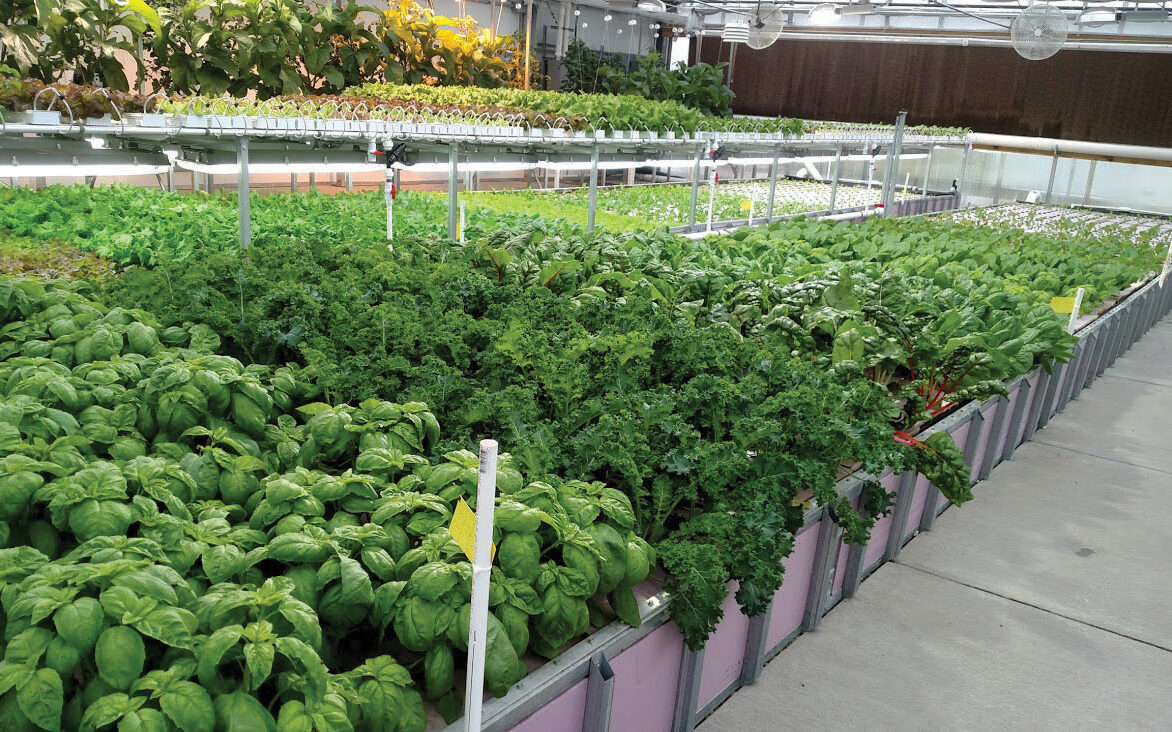
HydroCycle Raft Beds are a valuable option for any grower wanting to implement deep water culture. With these setups, operations can easily fine-tune their solution and gain complete control over the layout of their system, providing plants with the perfect amount of growing space.
In addition to being used on their own, raft beds can also be paired with HydroCycle’s Aquaponics Systems. For this application, fish are housed in aquaculture tanks, where water is naturally fertilized and pumped to provide nutrients to the hydroponic garden system.
Crops are then planted in the raft beds to float on top of the nutrient-rich water, and any solid waste is filtered out prior to reaching them. In return, they purify the water for the fish tank, creating a symbiotic relationship that lets growers benefit from two streams of income using one system. These, along with other DWC systems, are great for growing herbs, lettuce, squash, peppers and more.
EBB AND FLOW SYSTEMS
In ebb and flow hydroponic growing systems, also known as flood and drain, crops are suspended in a grow bed that is flooded at regular intervals with water and nutrients. The nutrient-rich water is delivered from a reservoir below, which is equipped with a submersible pump and timer that help growers dial in their irrigation cycles.
When the timer begins, the pump fills the grow bed with water, and when it stops, that water is drained out of the system and travels back into the reservoir using gravity. This hydroponic garden system comes complete with an overflow tube, ensuring water doesn’t exceed a specified level and damage crops.
Ebb and flow systems are far simpler to operate than other hydroponic growing systems, since they can be set up to run practically on their own. They also enable growers to produce a wide variety of crops quickly, including peas, beans and cucumbers, which are especially common to see in an ebb and flow setup.
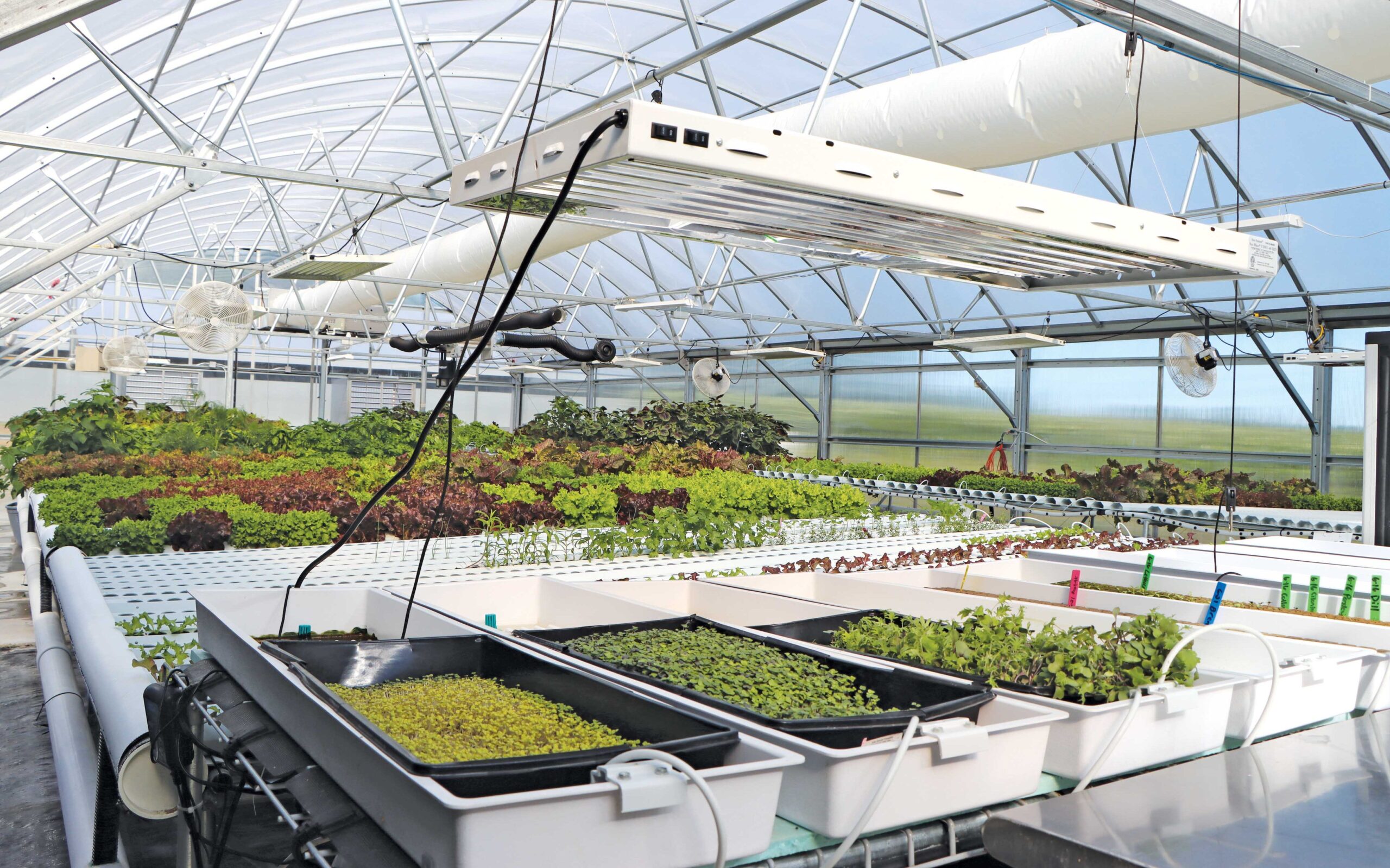
With HydroCycle Ebb and Flow Systems, operations are able to achieve larger yields, even in more confined spaces. They can also easily alter their systems after they’ve been established, adding or removing crops, without affecting any surrounding plants. These hydroponic growing systems come in several capacities and are designed with porthole covers that make it easy to monitor and refill nutrient solution.
SIgn Up Now To Learn More
Dutch Bucket Systems
Dutch buckets, also referred to as bato buckets, allows growers to take advantage of drip irrigation, wherein a nutrient solution is pumped through a series of tubes and applied slowly to growing media. This gradual application supports more precise watering, helping growers reduce waste, conserve resources and keep plants well-nourished.
Bato buckets are widely used in commercial grows, because of their ability to support larger plants than other hydroponic growing systems, as well as their effectiveness when combined with automation. Commercial growers can use these setups to produce plants with extensive root systems, like onions, tomatoes and zucchini, while saving a significant amount of money on watering costs.
Compared to other growing methods that can employ drip systems, like garden beds or field production, HydroCycle’s Dutch Bucket Systems offer a more effective solution. This hydroponic garden system gives operations superior control over their production area, enabling them to quickly adjust the spacing of their buckets, or incorporate additional buckets as needed.
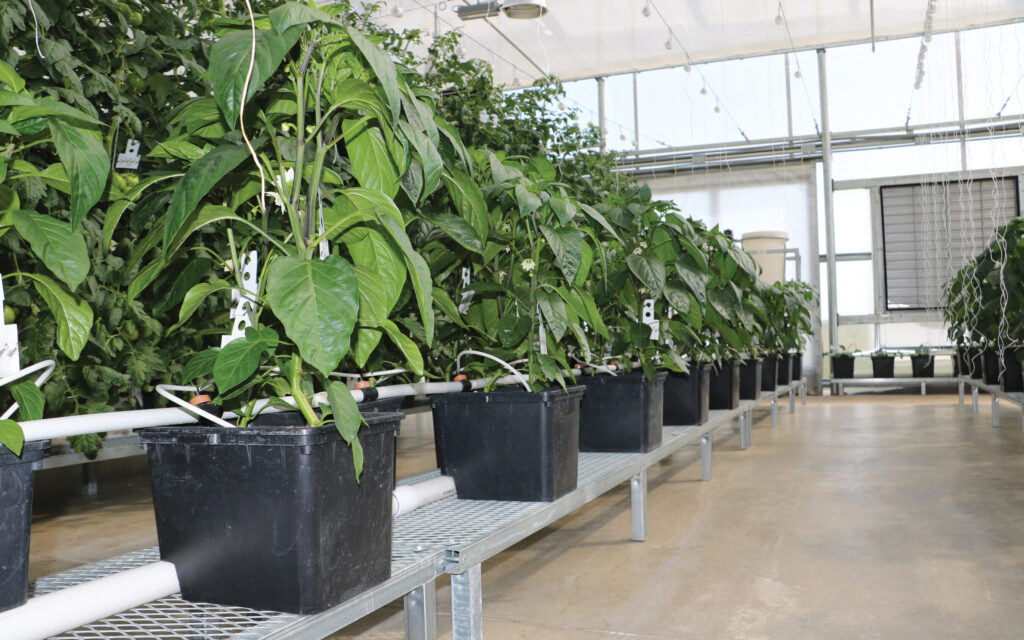
Each Dutch bucket has a siphon-designed drainage system, nutrient reservoir and features dripper stakes that connect to a nutrient feed pump station to deliver food to plants. They can also be equipped with a number of accessories, including siphon elbows that help stop growing media from drying out between irrigation cycles, or lids that reduce algae growth and protect plants from light and debris.
AEROPONIC SYSTEMS
Aeroponics offers one of the most unique hydroponic growing systems. In these setups, plants grow while suspended in the air, and their roots are exposed to a nutrient-filled mist. The mist is created by storing water and nutrients in a reservoir, which are then pumped to a nozzle and distributed as an atomized spray.
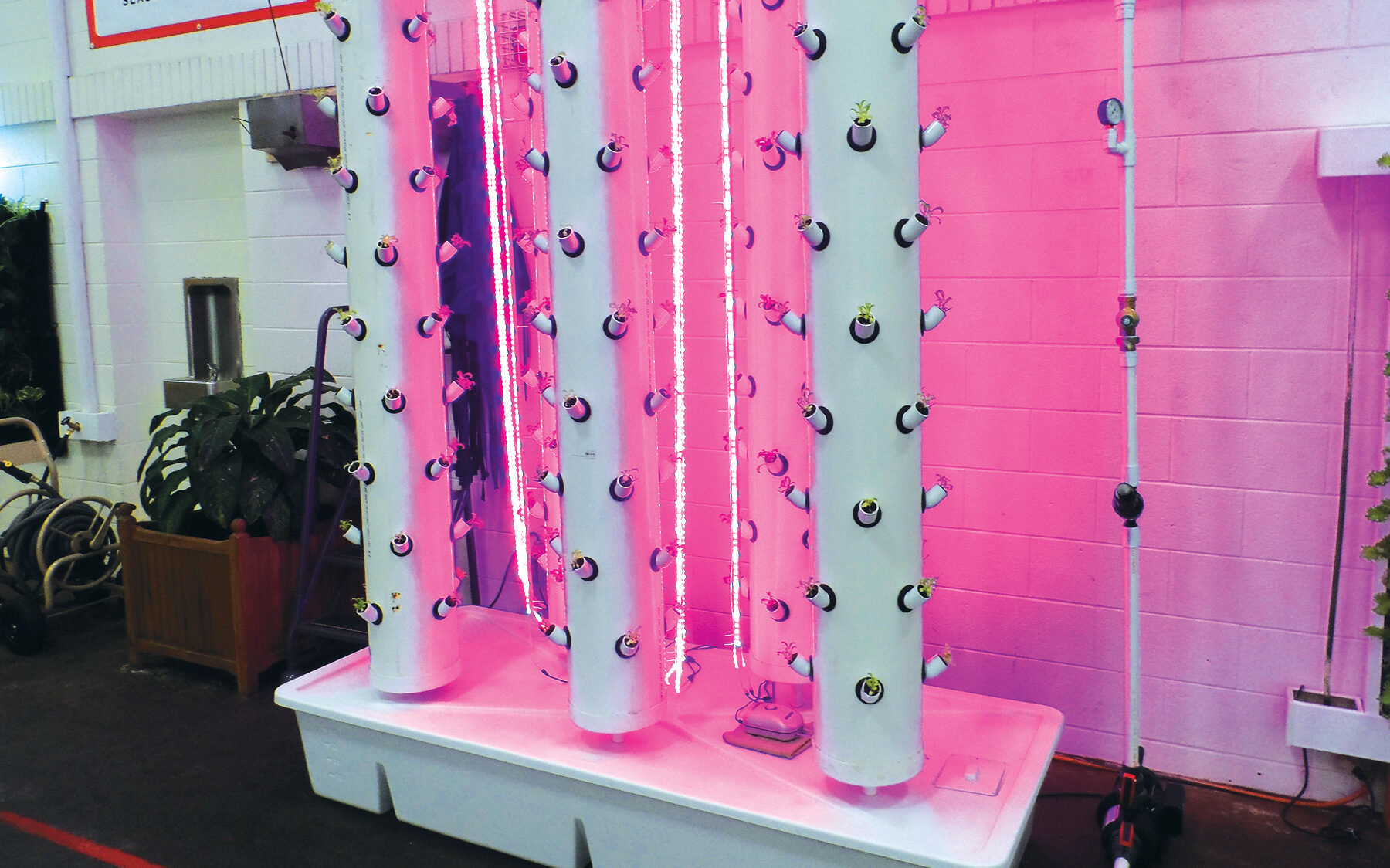
This growing method does not require any substrate media, as the constant exposure to air provides plants’ root systems with the maximum amount of oxygen and accelerates growth. Additionally, aeroponics requires less water than any other hydroponic garden system, meaning operations can save on both growing medium and irrigation costs.
Aeroponic setups are ideal for growing anything from lettuce and herbs to bell peppers, eggplant and more. Generally, the only crops that cannot be produced aeroponically are underground plants with larger root systems, like carrots and potatoes.
HydroCycle Aeroponic Systems feature an innovative and compact design that allows commercial growers to dramatically increase their output. Operations are able to produce 220 plants in under 23 square feet, and with a high-pressured delivery system, nutrients get distributed evenly throughout the entire tower to ensure uniform development.
When choosing their hydroponic garden system, growers will also have to keep in mind the various accessories they’ll need to keep plants healthy and their operation running efficiently.
WHAT ARE THE DIFFERENT TYPES OF HYDROPONIC ACCESSORIES?
From the tools needed to run a hydroponic garden system to any supplies that help enhance crop growth, there are countless accessories operations can use to maximize their profit potential. Whether it’s fertilizers, growing mediums, tanks, environmental control equipment or anything else, GrowSpan offers every supply operations need to streamline their production space and function at peak efficiency.
Greenhouse growers can benefit greatly from incorporating certain accessories, like supplemental grow lights that help them create optimal lighting conditions year-round, or fertigation systems. Fertigation is particularly valuable, letting growers gain complete control over nutrient levels in their hydroponic growing systems and reduce labor requirements.
After gaining a better understanding of the different hydroponic growing systems, as well as GrowSpan’s extensive line of systems and accessories, growers will have an easier time integrating hydroponics into their operation. Whichever setup they decide on, they should be able to produce high-quality crops in a shorter time frame and with fewer resources, boosting profitability.
To learn more about hydroponic growing systems or to start designing your own hydroponic garden system, call or Request a Quote today.
Related Articles
Growing Smarter: An Overview Of A Hydroponic Greenhouse
For growers looking to implement a hydroponic greenhouse in their operation, they’ll first need to gather information and explore all their options.
Microgreen Systems As A Source Of Supplemental Income
By selling microgreens to local grocers, restaurants or individuals, growers can put their gardening skills to use and generate an extra source of income.
How To Minimize Water Borne Disease In Hydroponic Growing
Although using a hydroponics system may eliminate soil borne pests, there are pests and fungi that spread through water, which means cleaning equipment and using an additional filtration system can drastically help reduce the occurrence of disease spreading.
Four Tips For Thriving In Hydroponics
Apply the following four guidelines in order to ensure the utmost efficiency and quality when running a hydroponic system.
